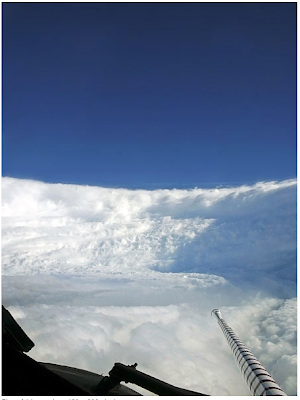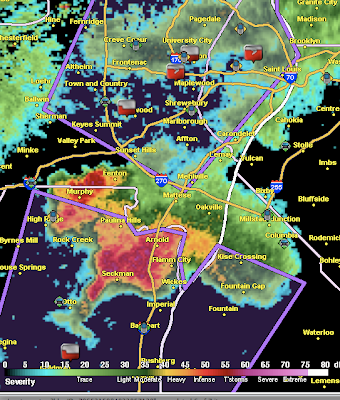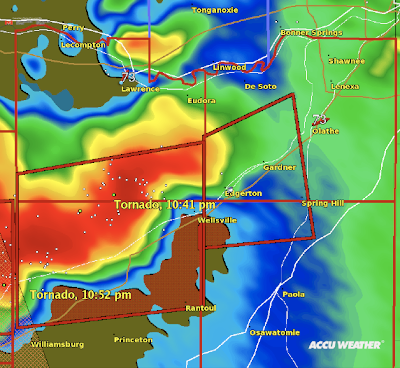The Facts (and Fiction) of Tornadoes By JOHN COLLINS RUDOLF, JOHN SCHWARTZ, JUSTIN GILLIS, HENRY FOUNTAIN, KENNETH CHANG, DENISE GRADY, and ERICA GOODE Q: How bad has this year’s tornado season been, relative to other years? A: Extraordinarily bad, even by historical standards. The death toll, now at more than 480, is the highest since 1953, when an outbreak of twisters across the Midwest and the Northeast claimed 519 lives. The high death toll this year is all the more remarkable considering that early warning systems are in place throughout tornado country, made possible by the advent of Doppler radar. Many tornado experts believed that the advances in technology had greatly diminished the risk of mass tornado fatalities. “We never thought there’d be another year of deaths like this, with all our warning systems,” said Thomas P. Grazulis, a tornado historian. Since 1875, there have been just 15 years with more than 360 tornado deaths, and none since 1975. The single deadliest tor






















